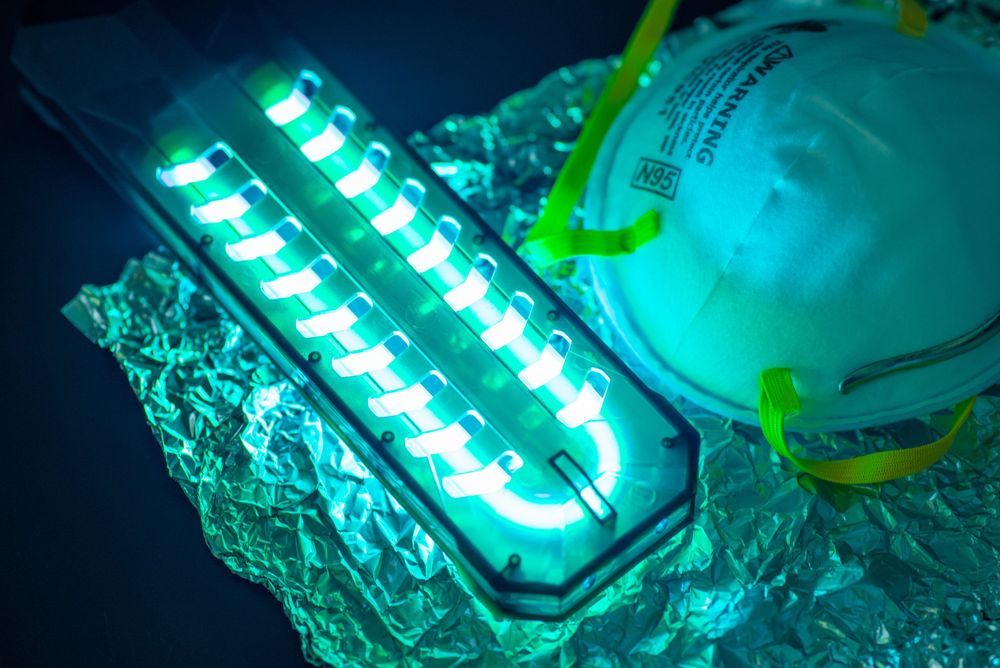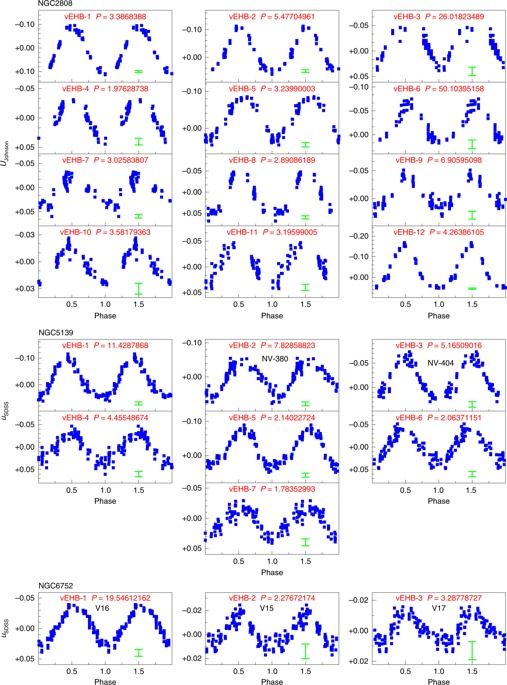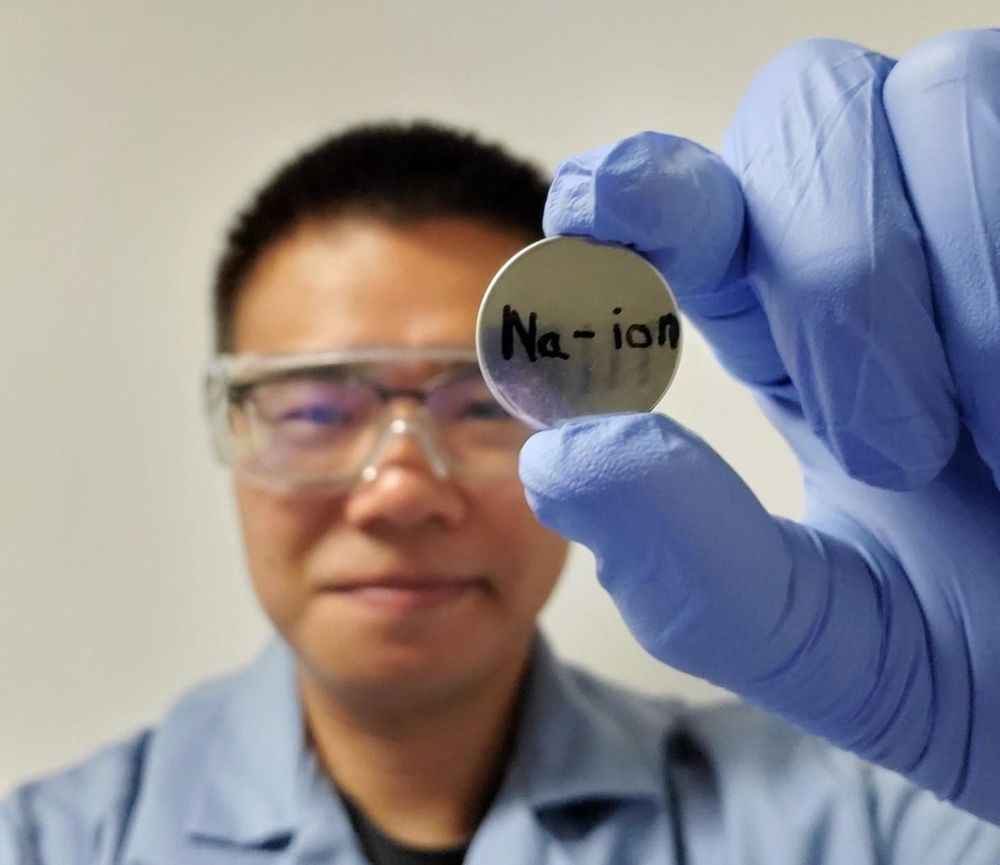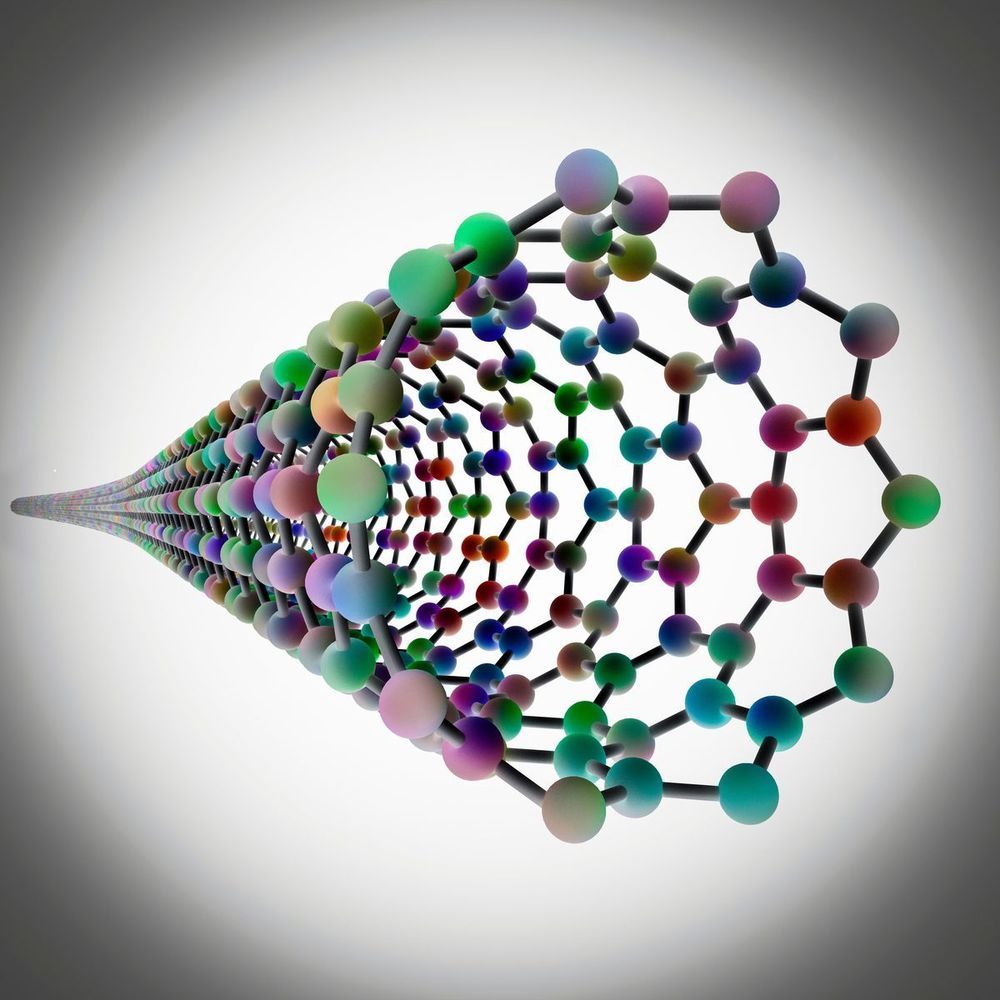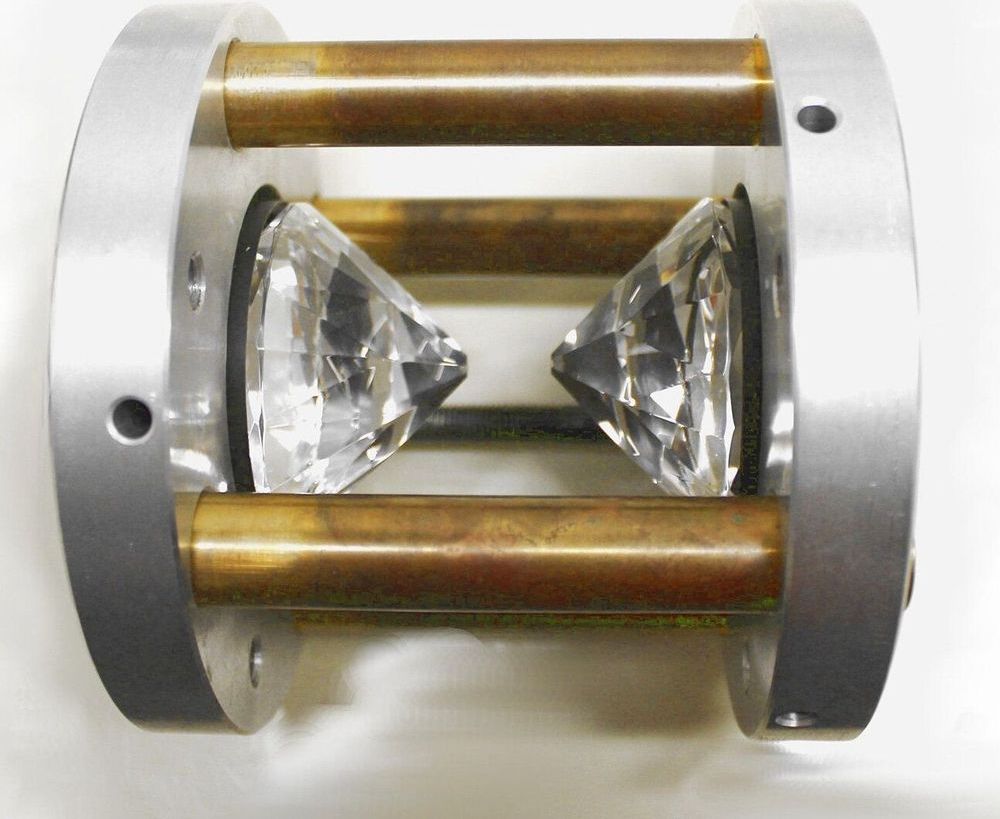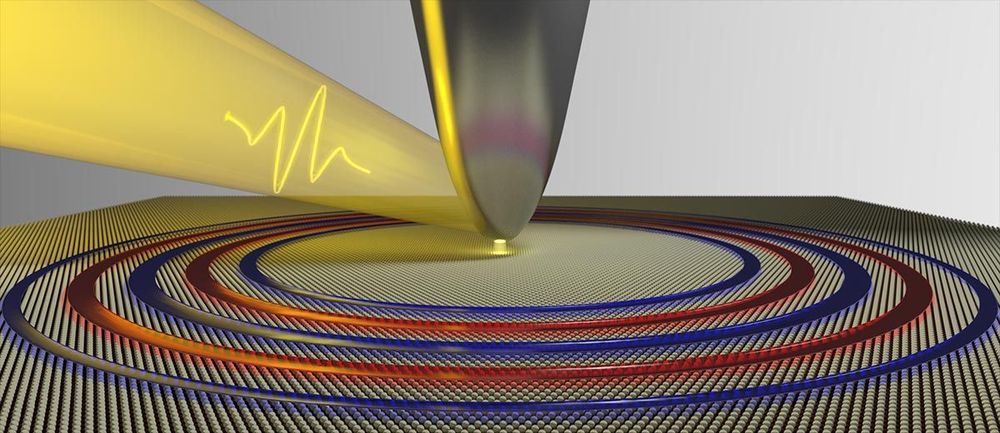Jun 4, 2020
Study reveals continuous pathway to building blocks of life
Posted by Xavier Rosseel in categories: biological, chemistry
Researchers have long sought to understand the origins of life on Earth. A new study conducted by scientists at the Institute for Advanced Study, the Earth-Life Science Institute (ELSI), and the University of New South Wales, among other participating institutions, marks an important step forward in the effort to understand the chemical origins of life. The findings of this study demonstrate how “continuous reaction networks” are capable of producing RNA precursors and possibly ultimately RNA itself — a critical bridge to life.
The paper is published in the Proceedings of the National Academy of Sciences.
While many of the mechanisms that propagate life are well understood, the transition from a prebiotic Earth to the era of biology remains shrouded in mystery. Previous experiments have demonstrated that simple organic compounds can be produced from the reactions of chemicals understood to exist in the primitive Earth environment. However, many of these experiments relied on coordinated experimenter interventions. This study goes further by employing a model that is minimally manipulated to most accurately simulate a natural environment.

